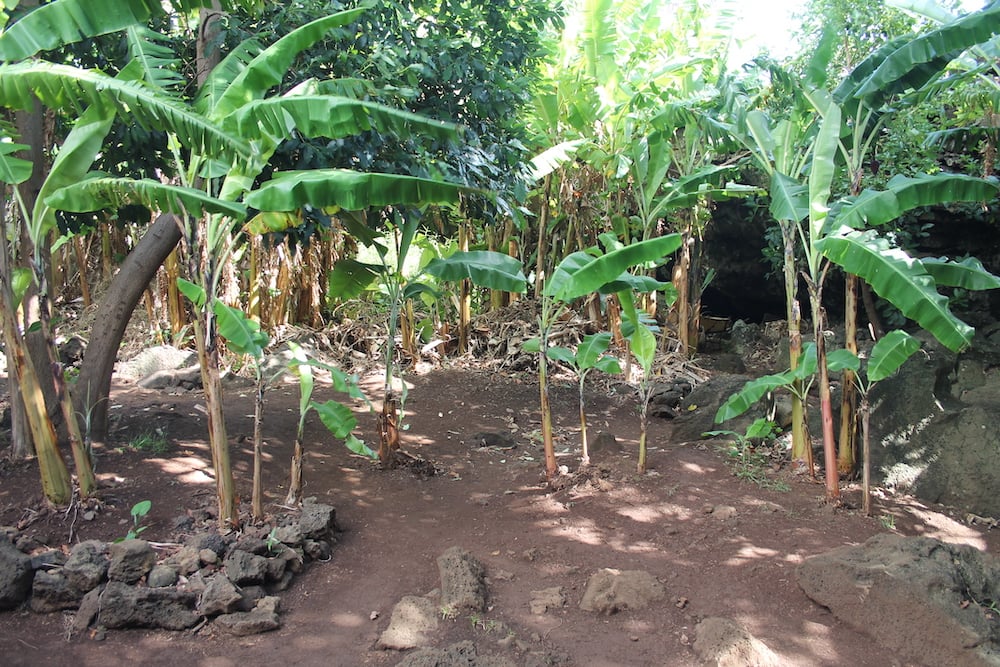Origen
Discover Rapa Nui
This paradise in the South Pacific emerged approximately 3 million years ago, as a result of underwater eruptions that gave life to the imposing Ma'uŋa Terevaka, the volcanic epicenter of the island. The remnants of these ancient lava feasts are reflected in craters, hills, and rock formations.
The iconic moai statues, sculpted from volcanic tuff, are the stars of this archaeological masterpiece. Their presence, a testament to the skill of the ancient inhabitants, adds an intriguing touch to the Polynesian culture of the island.
Delve into the fascinating archaeology of Rapa Nui, where each stone tells an ancestral story. From the volcanic tuff of the moai to the obsidian and basalt used by the ancient inhabitants, every material is a testament to the artistic skill and cultural richness that defines this unique island in the middle of the Pacific Ocean. Get ready for an adventure where nature, history, and culture intertwine in an unforgettable journey!
Discover Rapa Nui
Rapa Nui emerged between 3,000,000 and 200,000 years ago from the ocean floor when, as a result of tectonic plate movements, underwater volcanic cones joined together and formed a mountain of about 3,000 meters. A part of it remained above the sea surface, giving the island the shape of a 166 km triangle. Among the ancient volcanoes of the island, Rano Raraku and Rano Kau stand out. At the eastern end is Poike, the oldest volcano, while in the center is located Terevaka, its summit being the highest point of Rapa Nui, at 507 meters above sea level.





















